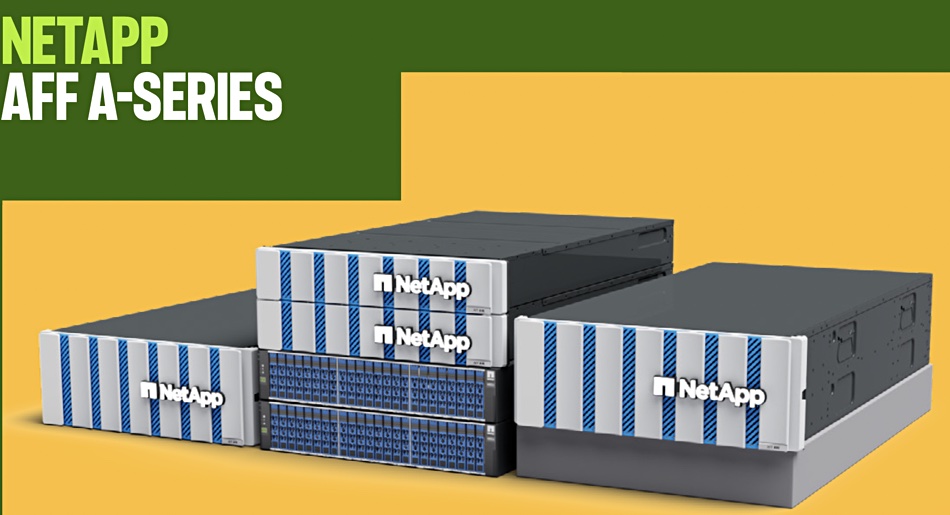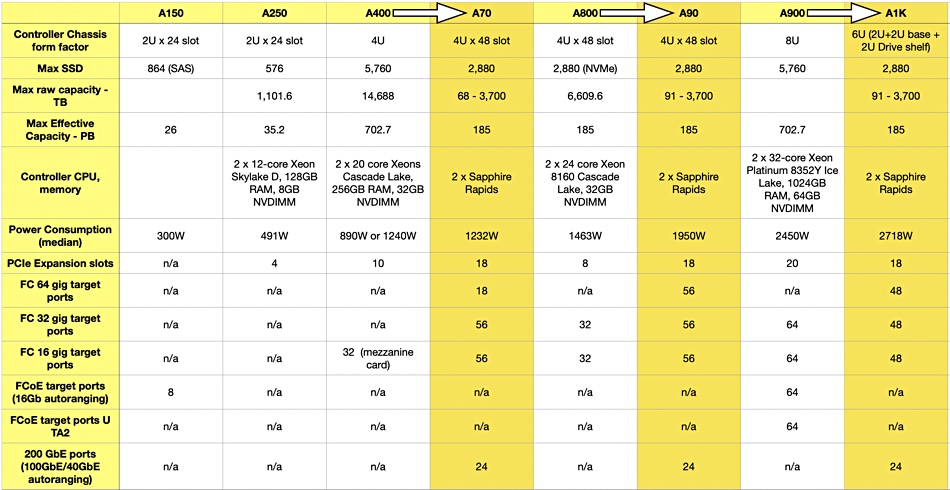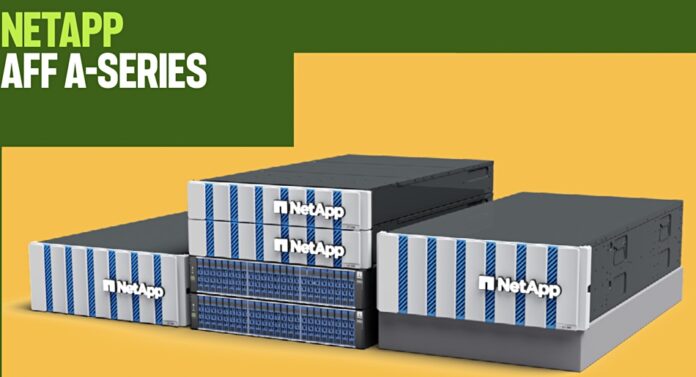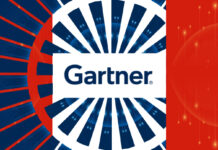NetApp has announced new hardware, software, and partner systems and features on the AI and cybersecurity front.
This includes high-end all-flash FAS (AFF) A-Series arrays, ONTAP software, StorageGRID hardware, Cyber Vault immutable snapshots, AIPod adoption of new A-Series arrays, an AIPod with Lenovo for Nvidia OVX systems, and BlueXP classification features.

Sandeep Singh, SVP and GM of Enterprise Storage at NetApp, said in a prepared quote: “Whether it’s mission-critical applications or leveraging enterprise data to fuel AI, the data infrastructure a company chooses to run it on makes all the difference. NetApp’s extensive, unified data storage portfolio, from on-premises to the public clouds, makes it the go-to solution for enterprises looking to have the robustness for the most demanding workloads.”
We’ll cover the A-Series and AIPod news here and jump to separate articles for the ONTAP software, BlueXP news and StorageGRID.
Singh said: “The introduction of the new AFF A-Series Systems is a testament to our unwavering commitment to delivering the most powerful, intelligent, and secure enterprise storage in the industry.”
As background and up until now, NetApp’s A-Series comprises the A150, A250, A400, A800, and A900; the bigger the number, the more powerful the system, with generally faster controllers and higher capacity as we move up the range.
The new A-Series systems have up to 2x the performance of existing A-Series products and reach up to 40 million IOPS and 1 TBps throughput. They can speed AI, database, EDA, and VMware workloads and have support for block, file, and object data.

There are three new A-Series models: A70, A90, and A1K (not A1000), which refresh the mid-range and high-end A-Series. They are additive as no end of availability has been announced for the A400, A800, and A900. The A70 would be an upgrade path for the A400, with the A800 being upgraded to the A90. The existing A900 would be upgraded to the A1K. The A70 and A90 have the same 4RU x 48-drive slot chassis and capacity range – 68 TB to 3.7 PB.
The A70 and A90 are like storage appliances, having integrated controller and drive shelves, whereas the A1K is modular, with separate 2RU controller and 2RU x 24-slot storage drive chassis.
Here’s a table comparing the old and new models:

The big jump made by the new systems is to Sapphire Rapids generation controller processors (gen 4 Xeon SP). These have Intel’s QAT (Quick Assist Technology), which offloads compression/decompression and encryption/decryption from the CPU so that they can be done in hardware without CPU cycles being needed for the work.
Jeff Baxter, NetApp VP for Product Marketing, told us in a briefing: “The new models are intended to be the latest releases of our mid-range and high-end systems and have significant performance and storage efficiency improvements over some of those higher end models in the range.”
He said the new systems have up to twice the performance of the existing systems, meaning A70 compared to the A400, A90 compared to the A800, and A1K compared to the A900. On a similar basis, NetApp says the new systems have up to 50 percent lower $/IOPS, 55 percent lower $/throughput, 35 percent lower $/effective TB, and 45 percent lower $/density.
QAT “improves storage density” because storage efficiency operations such as dedupe and compression can now be run all the time, meaning the effective storage capacity is higher than before. The systems have a 4:1 storage efficiency guarantee.
Baxter explains: “With the systems prior to this, we had variable levels of compression, we called it temperature-sensitive storage efficiency, where we applied inline dedupe and other factors, and then we applied some inline compression. But when the data cooled down, we went and post process applied additional compression to that data. With the new systems, because we have the QAT for offload in the Intel processor, we’re able to run it at the highest level of compression inline. So it means that all the data on the system is compressed at a higher ratio, compared to on our existing systems where the hot data might not have quite as much of a compression ratio.”
The new systems require ONTAP v9.15.1 or later.
AIPods
NetApp’s AIPod turnkey products, which combine the A-Series arrays with Nvidia DGX H100 GPUs for AI training and inference work, have embraced the A70, A90, and A1K. These AIPods are based in Nvidia’s BasePOD design.
There is a new turnkey “GenAI-in-a-box” system from Lenovo combining the AIPod with Lenovo’s servers featuring Nvidia L40S GPUs. It is validated against Nvidia’s OVX architecture spec. This Lenovo AIPod is built for GenAI fine-tuning, inferencing, retrieval-augmented generation (RAG), deploying customized chatbots, copilots, and other GenAI apps.
Read more about the new A-Series systems here and here.
NetApp is not making any announcement about its block-only ASA all-flash SAN arrays also adopting the new A-Series technology.








